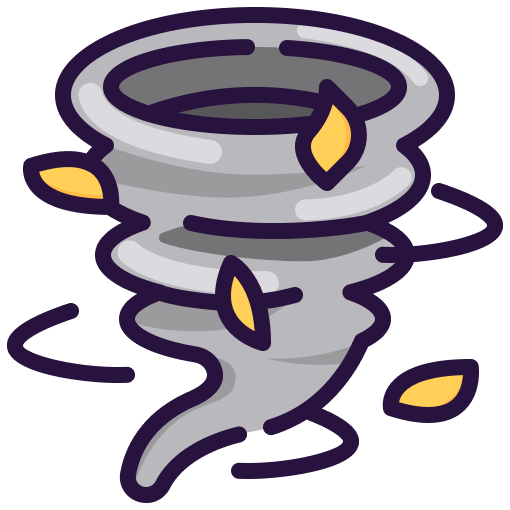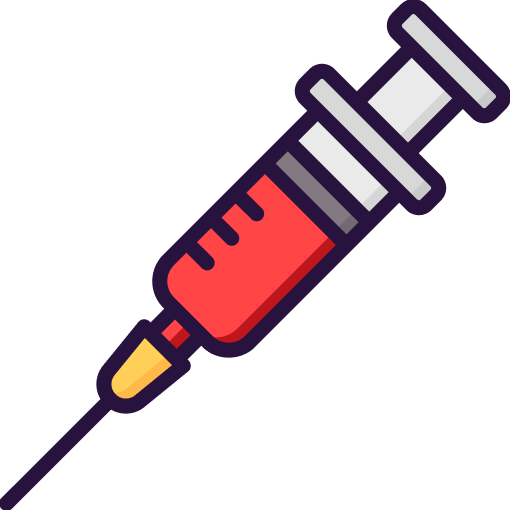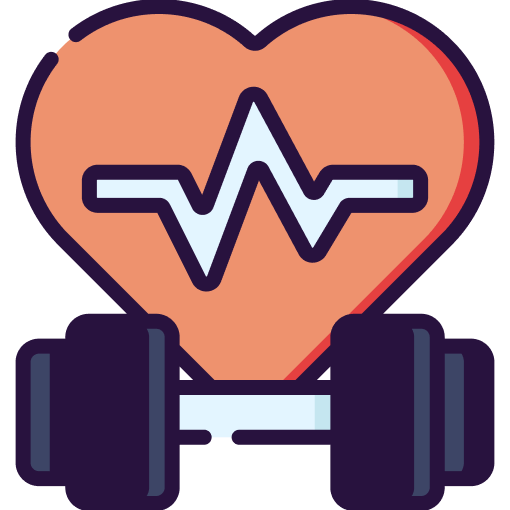Phobias
Understanding, Treatment & Support
What Are Phobias?
Specific Phobias
Specific phobias involve a strong, irrational fear of a particular object or situation. These fears are often triggered immediately upon exposure and can range from mild discomfort to full-blown panic attacks.
- Common Examples:
- Arachnophobia: Fear of spiders.
- Acrophobia: Fear of heights.
- Aviophobia: Fear of flying.
- Claustrophobia: Fear of confined spaces.
- Trypanophobia: Fear of needles or medical procedures.
- Impact on Daily Life: Individuals may go to great lengths to avoid their phobia triggers, such as refusing to fly, avoiding hiking trails with steep overlooks, or steering clear of places where spiders might be found. These avoidance behaviors can limit opportunities, relationships, and overall quality of life.
- Treatment Options: Therapy, such as cognitive-behavioral therapy (CBT) or exposure therapy, can help individuals gradually confront and desensitize themselves to their fears. Techniques like relaxation training and mindfulness may also reduce anxiety during exposure.
Social Phobia (Social Anxiety Disorder)
Social phobia involves an intense fear of social or performance situations where the individual fears being judged, embarrassed, or humiliated. Unlike shyness, social phobia can be debilitating and may affect all areas of life, including work, school, and relationships.
- What It Looks Like:
- Fear of public speaking or performing in front of an audience.
- Avoidance of social gatherings or interactions, such as meeting new people or attending parties.
- Anxiety about eating or drinking in public for fear of being scrutinized.
- Common Symptoms:
- Rapid heartbeat, sweating, or trembling when in social situations.
- Difficulty speaking or feeling “frozen” during interactions.
- Persistent worry about upcoming social events or overanalyzing past interactions.
- Impact on Daily Life: Social anxiety can lead to isolation, missed opportunities, or difficulty advancing in personal and professional life.
- Treatment Options: Social phobia often responds well to therapy, particularly CBT, which helps individuals identify and reframe negative thought patterns. Role-playing exercises, exposure therapy, and relaxation techniques can build confidence and reduce fear.
Types of Phobias
Phobias can develop around a wide range of objects, situations, or experiences. Some of the most common types of phobias include:

Animal Phobias
Fear of specific animals, such as spiders, snakes, or dogs.

Natural Environment Phobias
Fear of heights, water, storms, or the dark.

Situational Phobias
Fear of specific situations, such as flying, driving, or being in enclosed spaces (claustrophobia).

Blood-Injection/Injury Phobias
Fear of blood, needles, or medical procedures.

Social Phobia
Fear of social situations or performance situations, such as public speaking.

Animal Phobias
Fear of specific animals, such as spiders, snakes, or dogs.

Environment Phobias
Fear of heights, water, storms, or the dark.

Situational Phobias
Fear of specific situations, such as flying, driving, or being in enclosed spaces (claustrophobia).

Blood-Injection/Injury Phobias
Fear of blood, needles, or medical procedures.

Social Phobia
Fear of social situations or performance situations, such as public speaking.
Symptoms of Phobias
Intense Fear or Panic
Phobias are defined by an overwhelming sense of fear or anxiety when exposed to the phobic object or situation.
- What It Feels Like: The fear can feel all-consuming, often triggering a fight-or-flight response. For example, someone with a fear of heights (acrophobia) may feel panic just looking at a tall building or thinking about climbing stairs.
- Why It Happens: This reaction is a misfire of the brain’s fear response, perceiving the phobic trigger as a significant threat, even when it’s harmless.
- Impact: The intensity of the fear can make it difficult to stay in the situation or think rationally, often leading to immediate escape or avoidance.
- Therapeutic Support: Techniques like exposure therapy or mindfulness can help individuals gradually desensitize themselves to their phobic trigger and reduce the intensity of the fear over time.
Avoidance Behavior
Avoidance is one of the hallmark signs of a phobia and is often used as a coping mechanism to prevent anxiety.
- What It Looks Like: Avoiding places, people, or situations related to the phobia. For instance, someone with aviophobia (fear of flying) may refuse to travel by air, even if it means missing important events or career opportunities.
- Why It Happens: Avoidance temporarily reduces anxiety but reinforces the fear over time, making it harder to confront the phobic trigger.
- Impact: This behavior can disrupt daily routines, limit experiences, and strain relationships or career opportunities.
- Therapeutic Support: Therapy focuses on breaking the avoidance cycle through gradual exposure and developing coping strategies to face the fear.
Physical Symptoms
Phobias trigger a range of physical symptoms, often similar to those of a panic attack.
- Common Symptoms:
- Racing heart or palpitations
- Shortness of breath or hyperventilation
- Dizziness or lightheadedness
- Sweating, trembling, or shaking
- Nausea or an upset stomach
- In extreme cases, fainting
- Why It Happens: These symptoms are caused by the activation of the body’s fight-or-flight response, releasing stress hormones like adrenaline.
- Impact: Physical symptoms can feel terrifying and further reinforce the individual’s fear of the phobic trigger.
- Therapeutic Support: Relaxation techniques, like deep breathing or progressive muscle relaxation, can help manage these physical responses.
Sense of Impending Doom
Phobias often create a sense of dread or belief that something catastrophic will happen if the individual is exposed to the feared object or situation.
- What It Feels Like: This can include thoughts like “I’ll die if I touch that spider” or “If I speak in front of this group, I’ll completely humiliate myself.”
- Why It Happens: The brain’s fear center (amygdala) amplifies perceived threats, even when they are not real or likely to occur.
- Impact: This sense of doom can make the individual feel trapped and helpless, escalating their fear response.
- Therapeutic Support: Cognitive-behavioral therapy (CBT) helps individuals challenge these catastrophic thoughts and replace them with more balanced perspectives.
Recognizing the Fear as Irrational
Many individuals with phobias are fully aware that their fear is irrational or excessive, but this realization does not diminish the intensity of their reaction.
- What It Feels Like: You might think, “I know this fear doesn’t make sense, but I can’t stop it.” This awareness can lead to frustration or feelings of helplessness.
- Why It Happens: Phobias bypass rational thought and activate automatic fear responses, making logic alone insufficient to overcome the reaction.
- Impact: Recognizing the irrationality of the fear can sometimes add to distress, as individuals may feel embarrassed or ashamed of their phobia.
- Therapeutic Support: Therapy offers a judgment-free space to explore these feelings and work on strategies to regain control over the fear response.
The Impact of Phobias
Phobias can cause significant emotional and psychological distress, especially when avoidance behavior starts to interfere with work, school, relationships, and daily functioning. While avoiding the phobic trigger might provide temporary relief, it often strengthens the phobia over time, making it harder to confront. In more severe cases, phobias can lead to panic attacks, heightened anxiety, and social isolation.
Treatment for Phobias
Psychotherapy (Talk Therapy)
Several therapeutic modalities are used to help individuals overcome their phobias by addressing both the emotional and psychological components of fear.

IFS (Internal Family Systems)
IFS therapy helps individuals explore the parts of themselves that may be contributing to the fear or avoidance behavior. By bringing self-compassion and understanding to these parts, individuals can achieve emotional balance and reduce anxiety.

EMDR
EMDR can be useful for individuals whose phobias are linked to trauma or specific past experiences. By processing distressing memories, EMDR helps reduce the emotional intensity associated with the phobia.

Dialectical Behavior Therapy
DBT focuses on building skills in emotional regulation, distress tolerance, and mindfulness, which can be particularly helpful for individuals whose phobias lead to panic or intense anxiety.

Cognitive-Behavioral Therapy
CBT is one of the most effective treatments for phobias. It helps individuals identify and challenge irrational thoughts and beliefs that contribute to their fear. By reframing these thoughts, individuals can reduce their anxiety and face their fears with more confidence.

Exposure Therapy
Exposure therapy involves gradually and safely confronting the feared object or situation in a controlled environment. Over time, repeated exposure can reduce the fear response, allowing individuals to desensitize to their phobic triggers. This approach is often combined with CBT to help individuals manage their anxiety.

IFS (Internal Family Systems)
IFS therapy helps individuals explore the parts of themselves that may be contributing to the fear or avoidance behavior. By bringing self-compassion and understanding to these parts, individuals can achieve emotional balance and reduce anxiety.

EMDR

Dialectical Behavior Therapy
DBT focuses on building skills in emotional regulation, distress tolerance, and mindfulness, which can be particularly helpful for individuals whose phobias lead to panic or intense anxiety.

Cognitive-Behavioral Therapy
CBT is one of the most effective treatments for phobias. It helps individuals identify and challenge irrational thoughts and beliefs that contribute to their fear. By reframing these thoughts, individuals can reduce their anxiety and face their fears with more confidence.

Exposure Therapy
Exposure therapy involves gradually and safely confronting the feared object or situation in a controlled environment. Over time, repeated exposure can reduce the fear response, allowing individuals to desensitize to their phobic triggers. This approach is often combined with CBT to help individuals manage their anxiety.
Developing Coping Strategies
In addition to therapy, individuals with phobias can benefit from learning practical coping strategies that help manage anxiety in the moment. Some effective techniques include:
Relaxation techniques
Mindfulness practices
Gradual exposure
Support system
Lifestyle Changes and Self-Care
Therapy focuses on developing practical coping strategies to help individuals manage the emotional toll of infertility. These strategies include:
Lifestyle Changes and Self-Care
Addressing lifestyle factors can also play a role in managing the anxiety associated with phobias. Healthy habits can help reduce overall stress and improve emotional regulation.

Physical Activity

Sleep Schedule

Social Connections

Physical Activity

Sleep Schedule

Social Connections
Maintaining a strong support network can help reduce feelings of isolation and provide comfort during times of distress.

